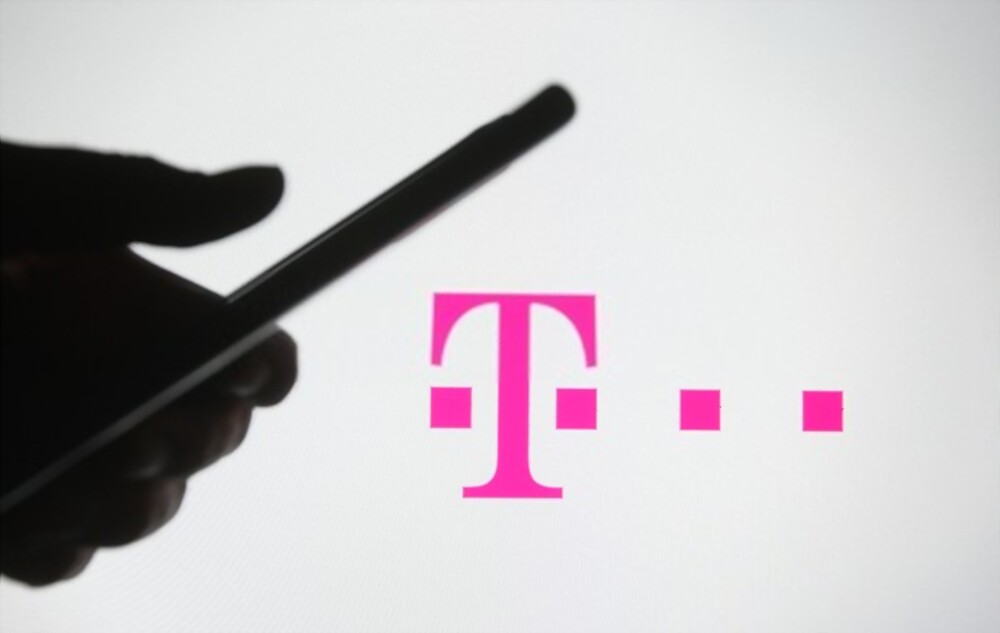Wireless phone company T-Mobile is serious about the color magenta. The color is all over its branding, so much that former CEO John Legere dyed his hair magenta in the summer of 2019.
So it’s not surprising that T-Mobile feels some ownership of the color. But as NPR reported November 25, T-Mobile recently issued a letter telling a small insurance company called “Lemonade” to stop using a lot of bright pink on its website.
“You’re talking about… one of the three ink cartridges in every printer in the world,” Lemonade CEO Daniel Schreiber told NPR. “The idea that a company can trademark it and own it just defied belief.”
But as NPR goes on to explain, it’s perfectly possible to trademark a color in the United States. In 1985, the Owens-Corning Fiberglass Corporation successfully trademarked a lighter shade of pink, after the U.S. Court of Appeals for the Federal Circuit ruled that colors can be trademarked as long as the public has come to associate that color with their brand, and also as long as they’re not a functional part of the product (as dark lenses are for sunglasses).
That decision opened the way for T-Mobile to register its trademark in “the color magenta alone” in 2007. In fact, many other brands have registered to protect their own colors, including “Tiffany blue”—the robin’s-egg blue used in packaging and advertising for jeweler Tiffany & Co.—and the famous red soles of Christian Louboutin shoes, which were the subject of protracted litigation against Yves St. Laurent.
MMR has conducted research for a similar case for T-Mobile. In 2014, Dr. Bruce Isaacson performed a likelihood of confusion survey for T-Mobile’s lawyers that was submitted in litigation against Aio Wireless, a now-defunct division of AT&T Wireless that competed with T-Mobile in the market for mobile phones not tied to a long-term contract. Aio used a shade of plum (Pantone 676C) in its marketing that T-Mobile claimed was confusingly similar to its magenta (Pantone Rhodamine Red U).
T-Mobile and its parent company, Deutsche Telekom AG, argued that the color similarity between two products in direct competition infringed and diluted its trademark and was likely to confuse consumers. Dr. Isaacson provided a survey showing that a substantial percentage of consumers believed T-Mobile was operating or affiliated with Aio’s stores when shown the stores’ branding in the plum color; when the branding was changed to green, that percentage was much lower. As The Verge reported at the time, the court ultimately granted T-Mobile’s request to stop Aio’s use of the similar color.
However, this matter—and the underlying copyright—do not mean T-Mobile will automatically prevail in other disputes over the use of magenta. A trademark in a color gives a company the exclusive right to use that color in connection with its usual business, which for T-Mobile involves wireless phones. Lemonade is in a different category of services, which makes this case somewhat complicated.
That said, T-Mobile told NPR that it has businesses other than wireless services. And the company has repeatedly asserted its brand rights in other business categories, sending similar letters to a technology publication, small British and Dutch IT companies, a smartwatch startup and more.
According to Ad Age, Lemonade is trying to fight back in the U.S. with a social media campaign. Lemonade also offers insurance in Germany, and in November, it asked the European Union Intellectual Property Office to invalidate the magenta trademark in the EU. If this ends up in an American court, it will be interesting to see what happens.
